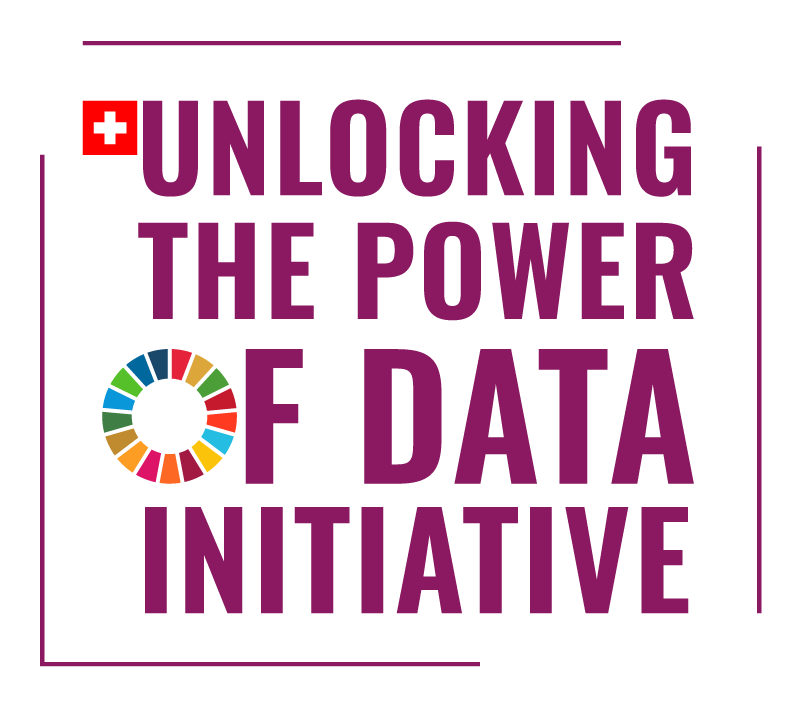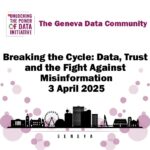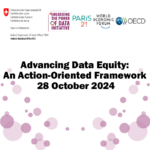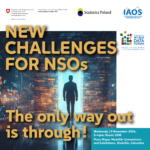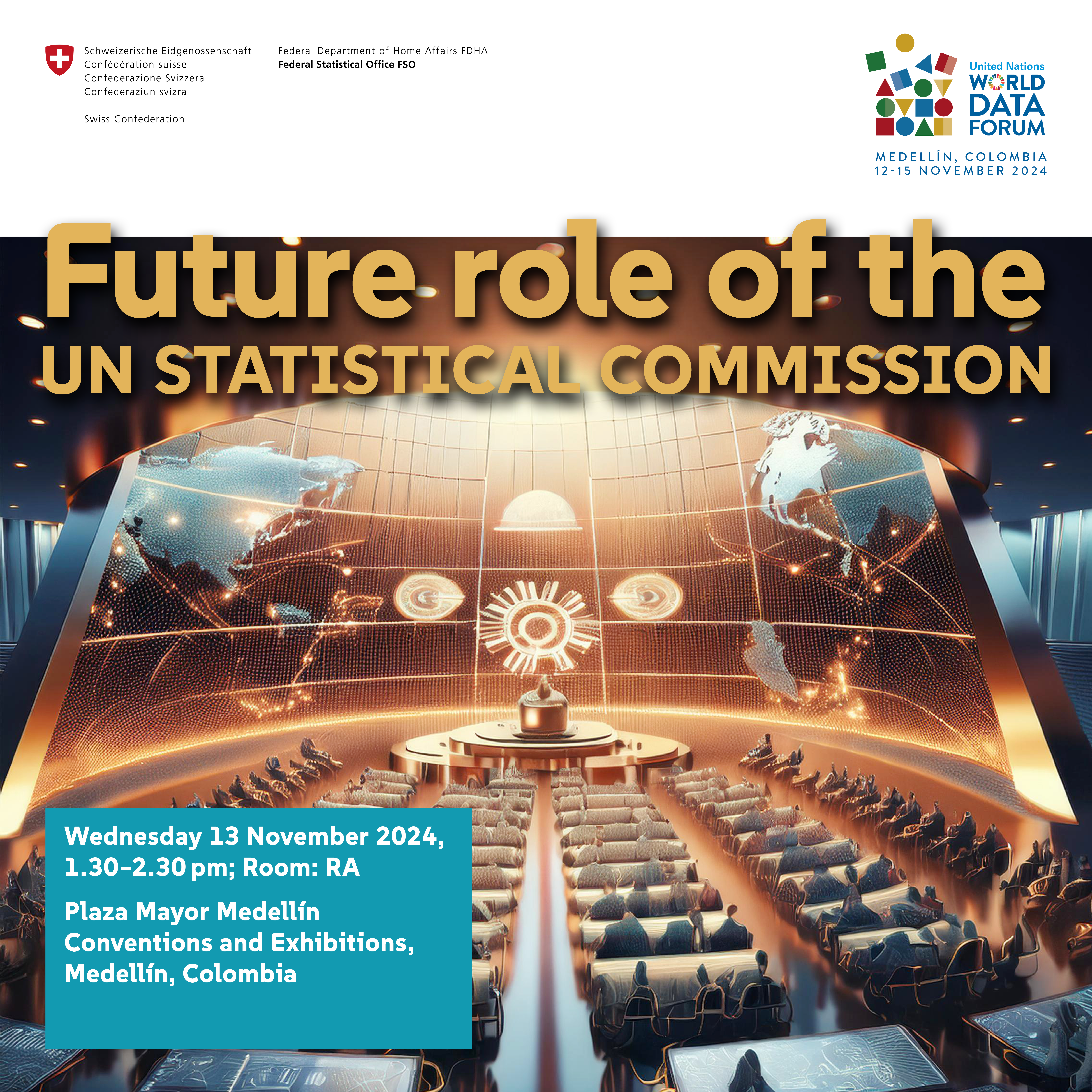With his claim for “factfullness”, Hans Rosling calls us to see the world as it really is – which is, in many respects, better than what most people think. Yet, Rosling does not shy away from the threats and risks accompanying the many positive global developments he highlights in his book. In 2018, he wrote: “The five [global risks] that concern me most are the risks of global pandemic, financial collapse, world war, climate change, and extreme poverty. Why is it these problems that cause me most concern? Because they are very likely to happen.”[1]
Data collection and analysis is not only key to describing and understanding the world as it has been and is today. Indeed, solid empirical knowledge about the present world can also be the starting point for scenarios aiming to show how things might evolve in the future. Even though such projections stray from the firm ground of empirical observation, the hypothesis they rely on are, of course, derived from knowledge of trends observed in the past and present.
Understanding trends in our highly complex world often requires interdisciplinary approaches that combine data from various sources, measuring different but probably interconnected phenomena. Scientific reflections on the interactions between humans and their natural environment go back far in the past and have led to a great amount of literature on this topic. The current debate on climate change often addresses humans as the cause of the observed trend. Indeed, global and regional climate scenarios produced by academics and institutions systematically take into account population trends in their projections – considering not only the sheer number of humans but also their behaviour in terms of efforts to mitigate climate change.
On the other hand, the consequences of climate change on human life on earth are increasingly a focal point. Nonetheless, neither the UN nor Eurostat explicitly address climate change in the hypotheses underlying their population projections up to 2100. Among demographers, there is an emerging debate acknowledging the idea that “if global environmental change does influence fertility, mortality, and migration, then population estimates and forecasts need to adjust for climate feedback in population projections”[2], as Raya Muttarak puts it.
In this context, the aim of the workstream “Population scenarios and climate change” is to consider the consequences that climate change might have on the inhabitants of this planet. It will offer a platform for a broad, interdisciplinary and explorative discussion on the following questions:
- Where does international demographic research stand in taking into account climate change impact in population projections? What is the relevance of this debate for Switzerland and the population scenarios of the FSO?
- To what extent is it pertinent and possible to model evolutions in such highly complex systems? Can we produce solid climate-sensitive population scenarios – for the world or for specific regions or countries?
- What may be the impact of climate change on migration, mortality and fertility in the next 50 or 100 years? What data and knowledge do we need to tie these factors into a viable statistical model?
“It is not necessary to look only at the worst-case scenario to see that climate change poses an enormous threat”[3], as Rosling claims. If there is little scientific doubt on the climatic changes that will occur in the coming decades, it is hard to foresee their consequences on humans. In this situation, addressing the climate-population nexus appears as a relevant approach for any institution holding data and knowledge on the topic.
Johanna Probst
Team Leader Demographic Analyses
Demographics and Migration Unit
Federal Statistical Office
[1] Rosling, Hans, Factfullness, Sceptre, 2018, p. 237.
[2] Muttarak, Raya, “Demographic perspectives in research on global environmental change”, Population Studies, 2021, p. 77.
[3] Rosling, Hans, Factfullness, Sceptre, 2018, p. 239.
